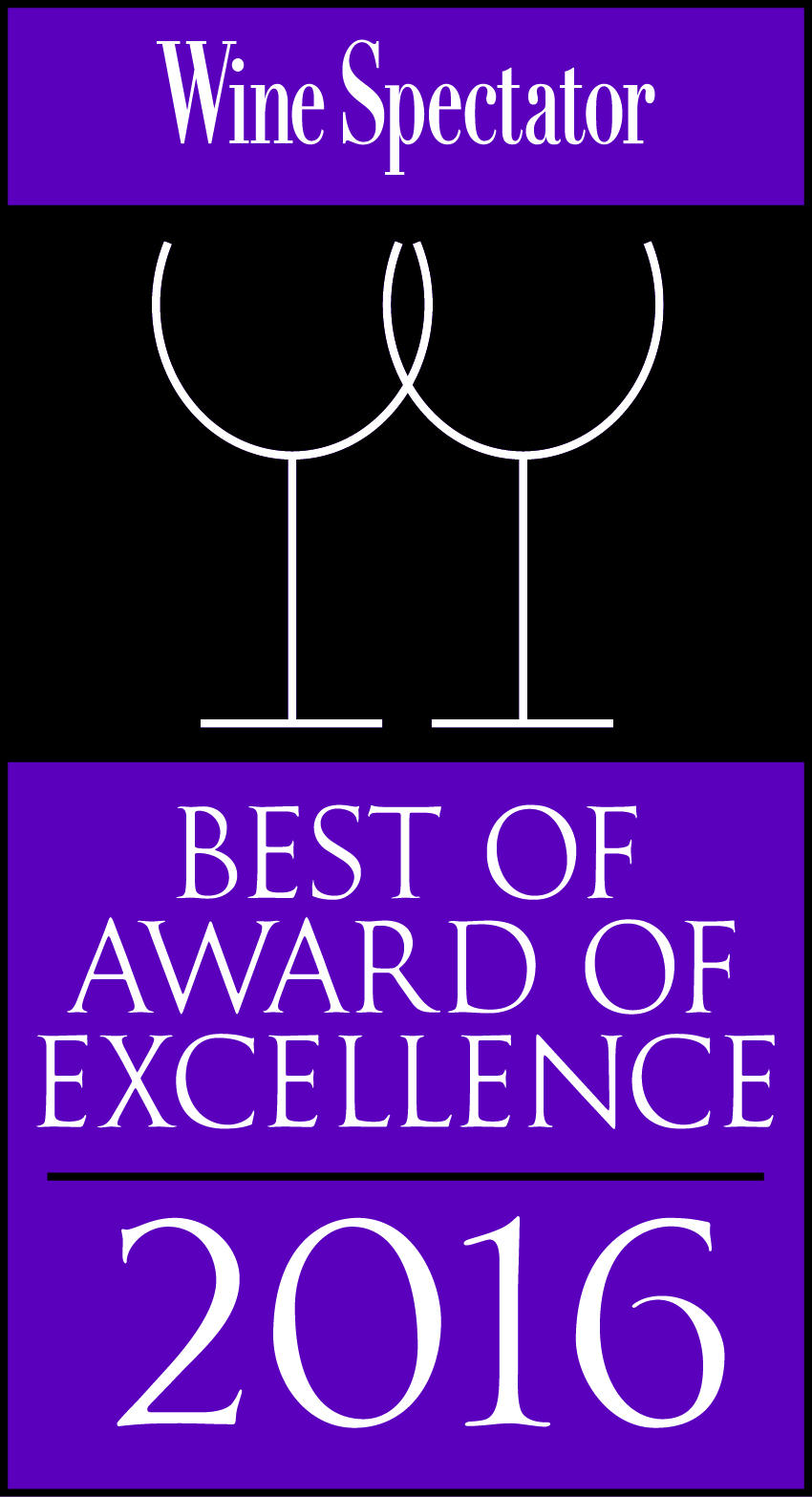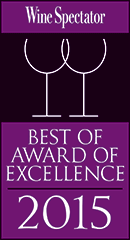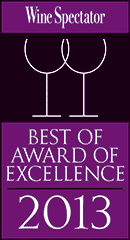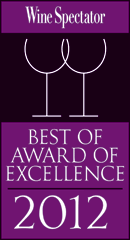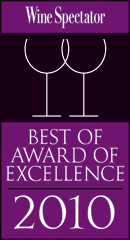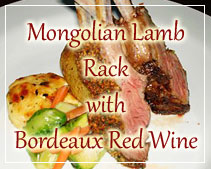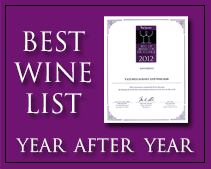History and appreciation of Port wine
December 29, 2010
The drink known as Port became popular in England at the end of the seventeenth century. The local produced wine was found to be a better traveller by ship when brandy was first added. The abbot of the monastery in Lamego in 1678 is credited with successfully adding brandy to wine to produce a palatable drink. It took some 100 years later before the quality of Port reached the more refined levels that we know today. This can mainly be credited to a young Englishman, J.J. Forrester, who cleverly eradicated the false customs and trade that was in existence when he arrived in Porto. The Portuguese government was so pleased that they later awarded him the title of Baron. Another person that must be mentioned is Dona Antónia Adelaide Ferreira, who was the uncrowned “Queen of the Douro” in the 19th Century as the largest single landowner and a friend of Baron Forrester.
The Port demarcated region is in the upper Rio Douro valley and its tributaries almost stretching 100 Kms in total length. The terraced vineyards are on slopes that reach to about 500 mts. The land is divided into Quintas that are private estates, many of which are owned by the old English Port Lodges located at the mouth of the Rio Douro in the town of Vila Nova de Guia. This town lies on the southern riverbank and opposite the city of Porto. A visit to a Lodge is recommended as they are interesting and have lots of character within besides imparting the knowledge about preparing Port.
Its governing body the Instituto do Vinho do Porto strictly controls the Port trade. Thirteen senior members of the Association enjoy the independent privilege of also being members of what is known as the “Factory House”. This is an establishment with an old distinctly British flavour that dates back to the 18th Century in architecture and atmosphere. It is from within these granite walls that the British Lodges in Porto have successfully made trade agreements, and during their history, fought off threatening usurpers to their trade. It is considered a rare honour to be invited by a member to dine in style in its period rooms. Among others, a pleasant tradition is that an unmarked Port is served at the end of the meal to tease and test the assembled members and guests as to its origin, blending and year.
Process
The grapes of which there are more than 40 varieties are picked in September in the special harvest know as “vindema”. Again, an invitation from one of the Lodges to go up the River Douro to be present during this harvest is another privilege. In the name of tradition the picked grapes are placed in granite stone “lagares”, and in the age-old custom they are trod upon by foot until the grape is sufficiently prepared for fermentation. There are today other modern methods that are now used by many of the Lodges. The semi-fermented “must” is then mixed with a controlled quantity of brandy. This prevents the fermentation continuing leaving the wine free from the natural grape sugar. All Ports with the exception of a “vintage” are matured in oak casks inside the Lodges prior to bottling. When sold they are ready for immediate drinking and do not have to be decanted.
A Lodge may declare a particular year due to the quality found in their best wine as a “vintage”. This may be done in a period of 18 months after harvesting the crop. It is then bottled six months later and a minimum maturity period of 15 years is then allowed. The longer the period of maturing the better will be flavour of the Port. It has to be noted that all “Vintage” Ports need to be decanted prior to being drunk. A “vintage” year is declared about every three to five years.
Styles of Port
Vintage – Blended from the wine of the best vineyards in the same year and stored whilst maturing for not less than 15 years. It must be bottled and racked within two years of harvesting. It is the cream of all Ports.
Single Quinta Port – As the name implies this Port is from a single vineyard and can often be a Vintage Port.
LBV – This is a “Late Bottled Vintage” single year Port that has been matured in wood for not less than four years before being bottled. The label indicates the year of bottling and its vintage.
Vintage Character Port – This title is misleading in that the Port is similar to that of a fine Ruby Port and not that of a Vintage.
Crusted Port – This Port is a successful blending of wines from different years. Kept in casks for four years and then three years in the bottle prior to being sold. The crust deposit in the bottle is the cause of its name but should not be confused with Vintage.
Fine Old Tawny – As the name suggests this is pale-amber in colour and less full-bodied. It is a blended wine from different years and its label will indicate its age as an average year of its content. It is bottled and racked for 10, 20 years or more, assuming a smooth silky texture and a mellow nutty flavour.
Vintage-dated Tawny – These attractively priced Ports are as a Fine Old Tawny but also considered a Vintage. They can spend 20 or 50 years in a cask.
Tawny – A Port that is less sweet in flavour and composed of blending from different aged wines – even a clever mixture of red and white. These Tawny Ports do not improve with ageing.
Fine Old Ruby – Blended from different years and kept in the cask for about four years before being ready to drink. They have a fruity-spicy flavour and classified as inferior to Tawny.
Ruby – A fruity Port and as the name suggests, deep red in colour. They blended from wines of different years and take no more than one to three years to mature.
White – This is either dry or sweet in flavour. Normally chilled before serving and acts as an attractive aperitif in the small manner as a Spanish Sherry.
Source: http://www.portugal-info.net/wines/port.htm
Are these articles useful for enhancing your wine and dine experience in the Philippines. Do they also help you with travel, leisure, vacation, dining out, nightlife and other leisure activities plans in Manila and other major cities of Philippines? Yats Restaurant hopes to provide you with ample information so you can plan your trips to Pampanga Angeles City Clark Freeport Zone whether you are travelling from Manila or other Asian countries such as Hong Kong, Shanghai, Singapore, Malaysia or Korea.
Restaurant reservations in Manila Philippines, planning of menu, selection of wine for dinner and booking a private function and event in Angeles City Clark Freeport Zone can all be handled. Yats Restaurant and Wine Bar has been regarded by many to be the premier restaurant north of Manila Philippines. Its 3000-line award-winning restaurant wine list has kept many wine lovers happy dining in this restaurant in Angeles City Clark Philippines for over a decade.
Yats Restaurant and Wine Bar was built by Hong Kong-based Yats International in 2000 to provide a world-class cozy fine dining restaurant, business meeting facilities and venues for private dinners and functions in Pampanga Angeles City Clark Freeport Zone. Pampanga Angeles City Clark Philippines was selected for this restaurant because of safety, clean air, absence of traffic and proximity to Manila and Subic.
For comments, inquiries and reservations, email Restaurant@Yats-International.com or call these numbers:
(045) 599-5600 0922-870-5178 0917-520-4401
Http://www.YatsRestaurant.com
Getting to this fine dining restaurant of Angeles City Clark Freeport Zone Pampanga Philippines
How to get to this fine-dining restaurant in Clark Philippines? Once you get to Clark Freeport, go straight until you hit Mimosa. After you enter Mimosa, stay on the left on Mimosa Drive, go past the Holiday Inn and Yats Restaurant (green top, independent 1-storey structure) is on your left. Just past the Yats Restaurant is the London Pub.
Generally regarded by food and wine lovers in Manila to be one of the best restaurants outside of Manila, Yats Restaurant also offers a comfortable and stylish wine bar called the Magnum Room. This allows guests of this fine dining restaurant to stay after dinner to enjoy a glass of Cognac, Armagnac, Port, Sauternes or Scotch. This is one of the best restaurants in Pampanga to drink wine. Other selections of wine in this fine dining restaurant in Clark Pampanga include fine wines from Bordeaux, Burgundy, Rhone, Napa Valley, South Africa, Australia, Germany, Spain and Italy. Some of the popular choices of wine for guests of the good restaurants in Pampanga include Chianti, Chablis, Meursault, Vosne-Romanee, Corton and Vintage Port.
